Mastering DFM Manufacturing: Key Principles and Best Practices
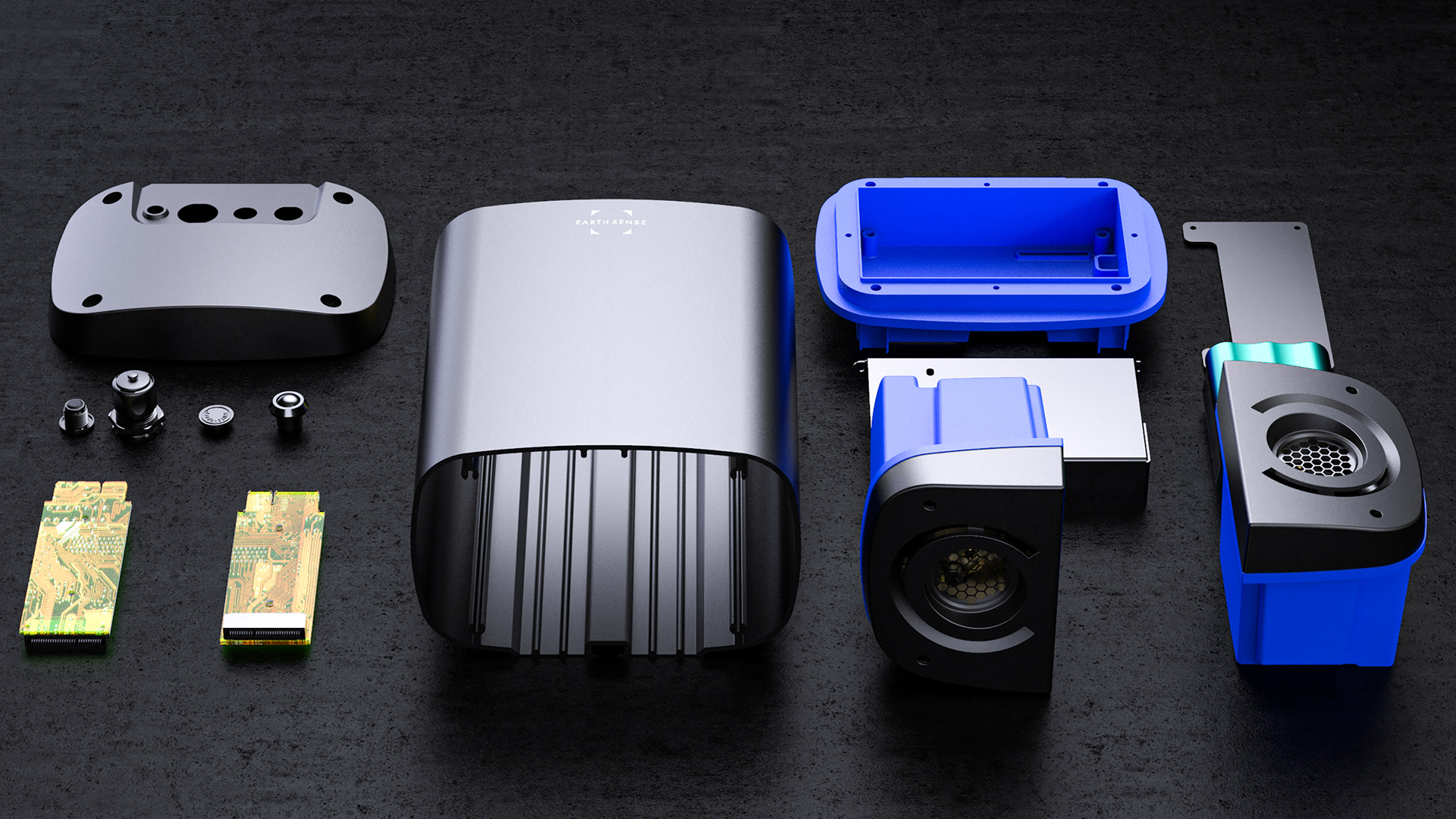
Design for Manufacturing (DFM) is a method that streamlines production by integrating product design with manufacturing processes. DFM manufacturing helps lower production costs and enhance product quality. This article will cover the core principles and best practices that make DFM successful, such as simplifying designs and standardising components.
Table of Contents
Key Takeaways
- Design for Manufacturing (DFM) aims to create quality components that simplify production, reduce costs, and minimise errors through strategies such as part reduction and standardisation.
- Incorporating DFM early in the design phase maximises cost-effectiveness and efficiency, allowing for proactive identification of manufacturing challenges and fostering cross-functional collaboration.
- Effective DFM implementation can significantly lower production costs and lead times, enhance product quality, and ensure compliance with manufacturing standards by addressing design issues early in the process.
Mastering DFM Manufacturing: Key Principles and Best Practices
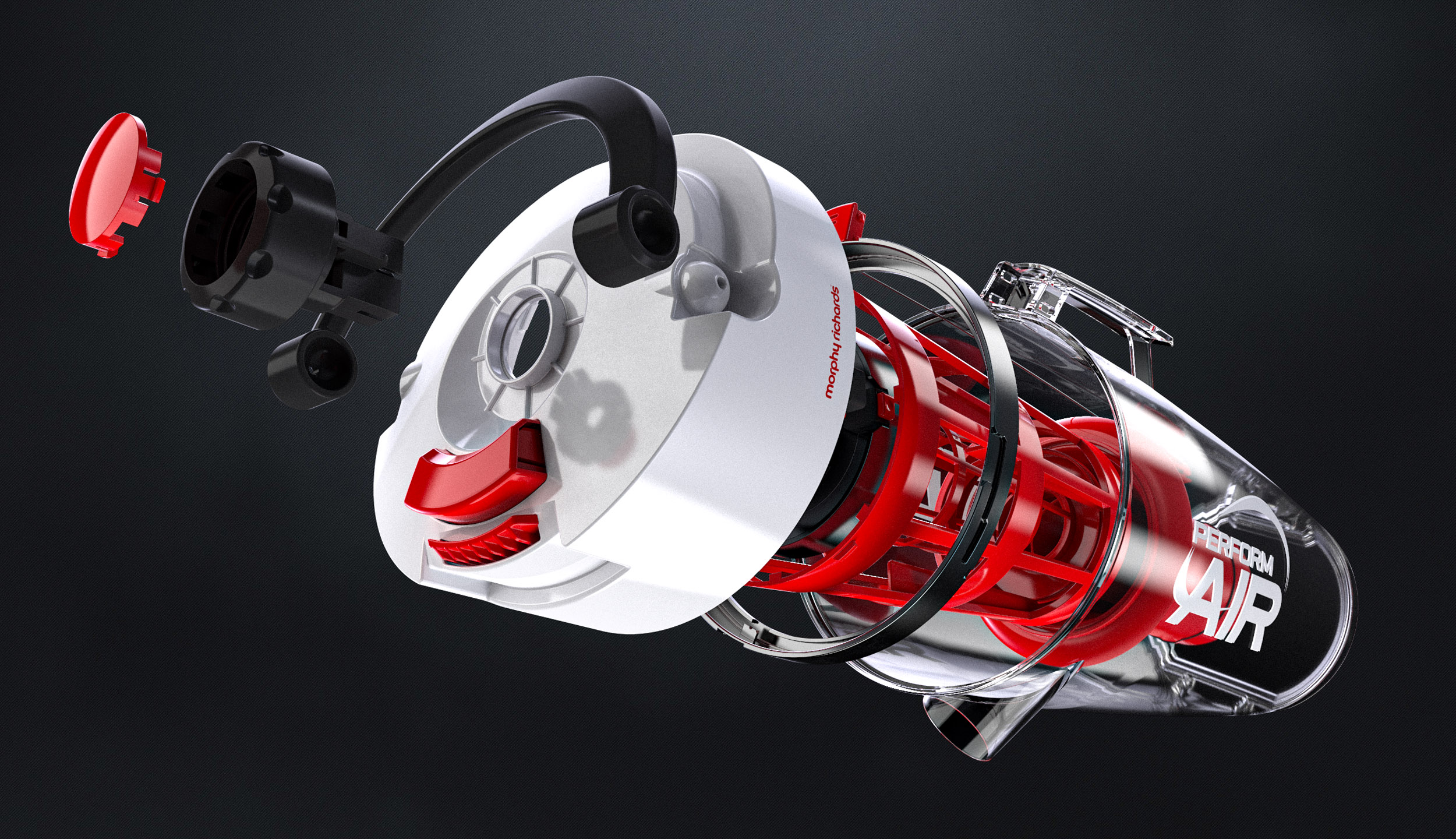
Design for Manufacturing (DFM) is all about crafting components that are not only high in quality but also easy to produce and cost-effective. It champions simplicity in design, which reduces risks related to costs, manufacturing, and maintenance. Minimising manufacturing steps shortens production time and reduces errors.
One of the pillars of DFM is reducing the number of parts in a product, which streamlines assembly and cuts production costs. Standardising materials and components is another key practice, enhancing inventory management and further reducing costs.
Effective DFM can significantly boost product quality while lowering production costs, and it ensures early identification and rectification of design faults. The choice of the right manufacturing process is crucial, tailored to optimise each component for cost-effective production.
Introduction
Design for Manufacturing (DFM) is a set of principles aimed at improving product design to enhance the manufacturing process. It encompasses strategies that ensure products can be produced efficiently and effectively in manufacturing environments. Implementing DFM helps companies reduce production costs and ensures that products meet necessary quality standards.
Proper alignment between design and manufacturing capabilities accelerates time-to-market and enhances overall competitiveness. Adopting DFM enables manufacturing companies to balance innovative design with practical manufacturability, fostering robust product development cycles and enhancing market presence.
Understanding Design for Manufacturing (DFM)
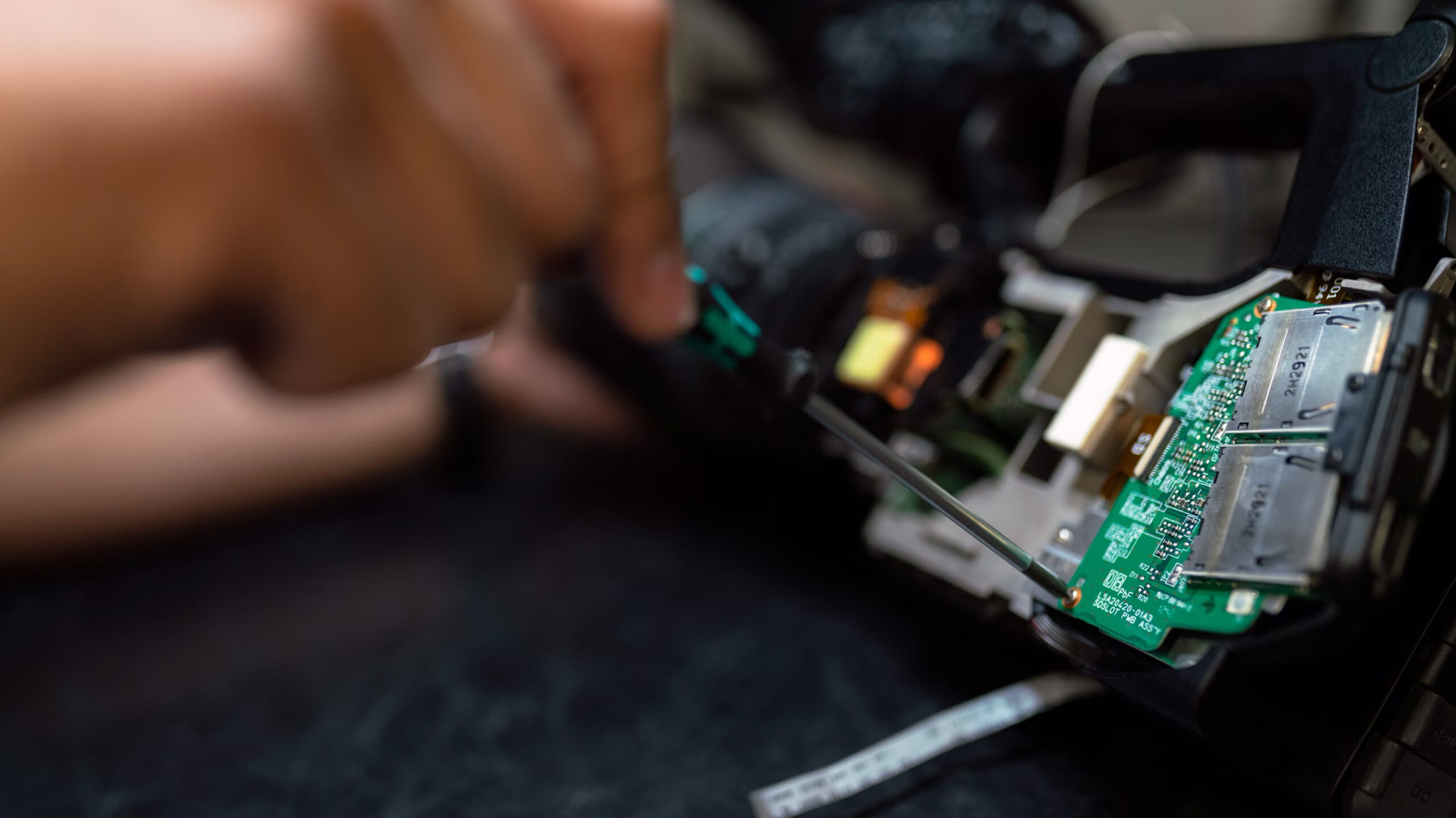
Design for Manufacturing (DFM) focuses on creating components that are easy to produce while maintaining high quality at lower costs. It involves standardising materials and components to enhance inventory management and reduce costs. Effective DFM practices can help manage expenses upfront, ultimately lowering the total cost of ownership for products.
The DFM process is crucial for identifying and rectifying design faults early, preventing issues in the final products. Utilising DFM allows manufacturers to enhance product quality and lower production costs. Minimising the number of manufacturing steps is essential for shortening production time and reducing errors.
Reducing the number of parts in a product helps streamline assembly and cut production costs. DFM also contributes to faster market entry by shortening production cycles and ramp-up times. Incorporating these practices allows manufacturing engineers to create designs that meet manufacturing requirements and minimise potential challenges.
Core Principles of DFM Manufacturing
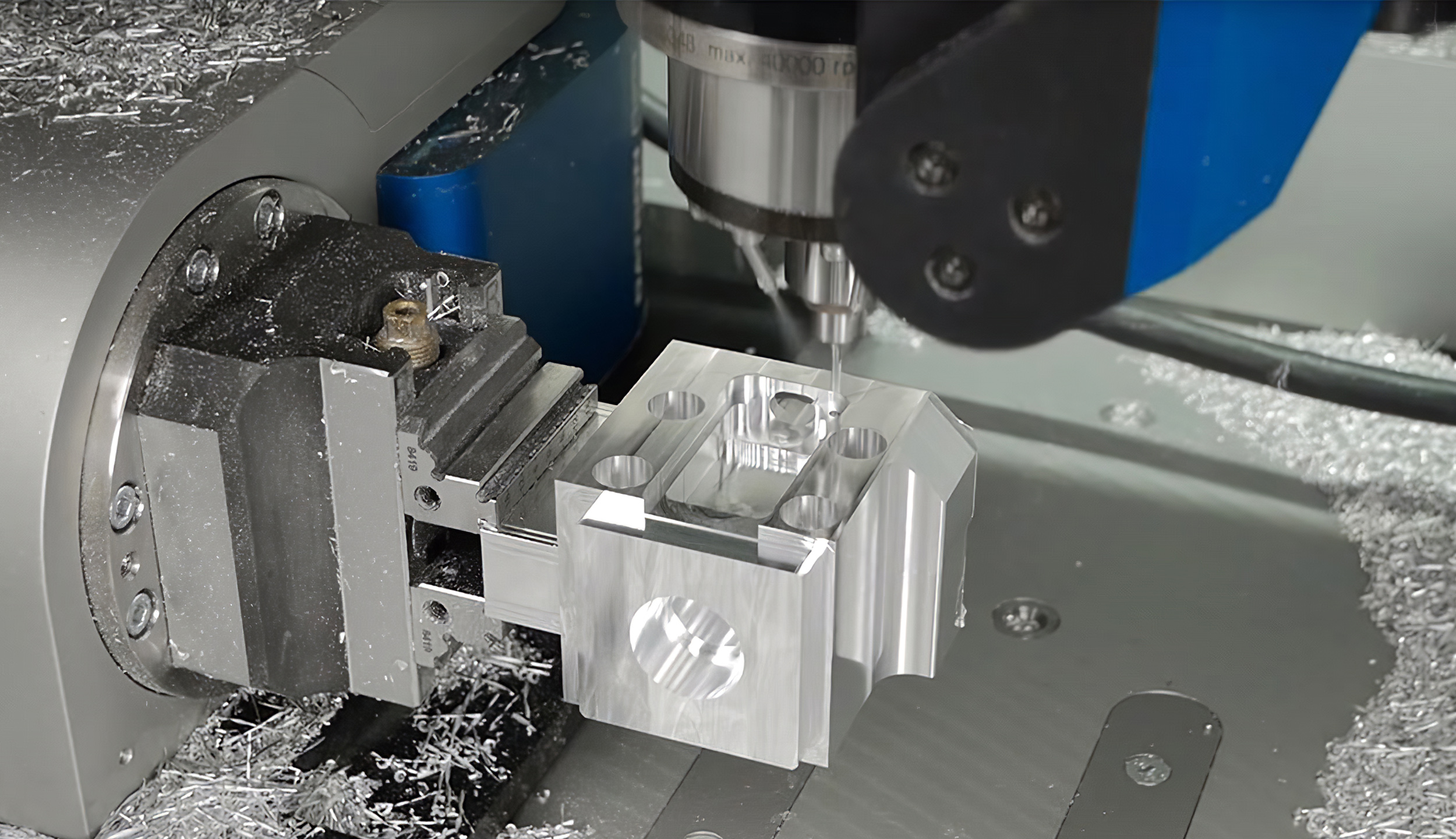
DFM principles involve considering materials, processes, and compliance with safety and quality standards. Key principles include simplicity, standardisation, and material selection. To maximise DFM’s effectiveness, familiarity with specific manufacturing processes and their advantages and limitations is crucial.
Optimising processes involves considering cost, product material, volume, surface finish, post-processing needs, and tolerances. Material selection must account for mechanical properties, availability, and cost-effectiveness. Each of these core principles will be explored further.
Simplifying Design
Reducing design complexity can lead to significant cost savings and improved production efficiency. Simplicity in design lowers manufacturing costs, and minimising part count reduces costs by decreasing material, engineering, production, labor, and shipping. Simplifying the assembly steps also plays a crucial role in cost reduction and improves the overall manufacturing process.
Minimising complex assembly steps reduces the chance of errors during assembly and saves costs, effort, and time in product assembly. Regular design reviews help identify potential manufacturing challenges, analyse costs, check quality, and suggest improvements. Focusing on design simplicity enables manufacturing engineers to create robust and cost-effective products.
Standardising Components
The goal of standardisation in DFM is to use standardised components. This includes materials and processes as well. Standardising components can significantly streamline manufacturing processes and minimise the need for custom parts. Adopting industry standards in design helps improve compatibility with manufacturing processes.
Using non-customised modules for design allows product modification without losing functionality, enhancing product reliability and simplifying assembly steps. Standardisation not only reduces manufacturing costs but also ensures consistent quality control across production lines.
Material Selection
Material selection in DFM should consider the planned use of the product and its function to ensure it meets design requirements. Mechanical properties such as strength and thermal resistance are critical when selecting materials to ensure product functionality. Factors like heat resistance, water resistance, strength, and flexibility should also be accounted for.
Engaging with a contract manufacturer can provide access to existing materials and potentially better pricing options. The cost of materials varies greatly; for example, bar stock is approximately half the cost of aluminium plates on a weight basis. Evaluating different raw material forms is important as the choice influences both cost and the desired properties of the final product.
Optimising the Manufacturing Process
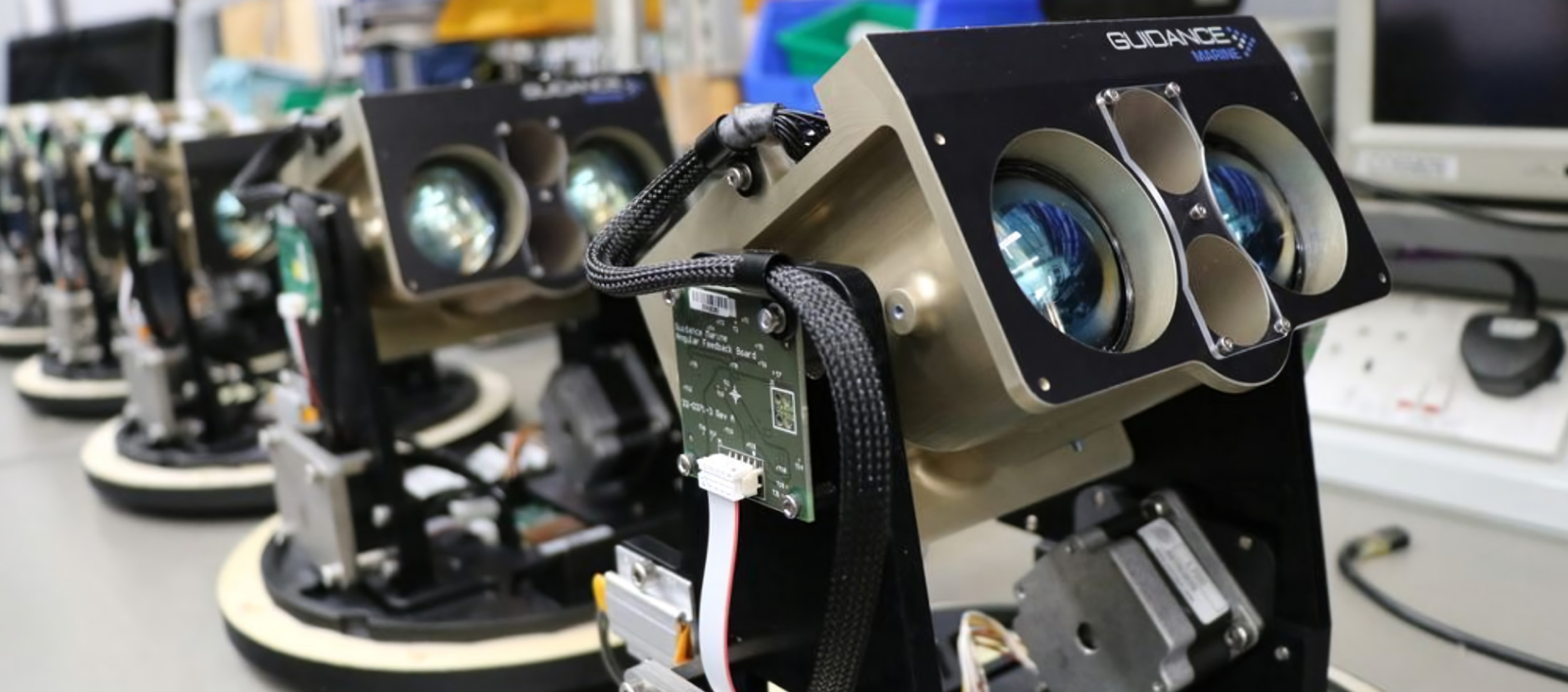
The increasing trend of OEMs outsourcing manufacturing makes DFM interventions critical to ensure quality and efficiency. Increased complexity in the manufacturing process introduces more error variables, which can negatively impact product quality. In-depth planning benefits the manufacturing process by providing clarity on deliverables and enabling a smooth production setup.
Let’s explore specific strategies for optimising the manufacturing process, including choosing the right manufacturing process, balancing tolerances, and incorporating automation.
Choosing the Right Manufacturing Process
Selecting the additive manufacturing process needs to consider part quantity, material, complexity, required tolerances, and any secondary operations. Inappropriate manufacturing methods can lead to unnecessary expenses, such as using high-capital processes for low-volume parts. For example, injection molding is often the most suitable process for high-volume production, while 3D printing is recommended for low-volume, detailed parts.
Choosing the right manufacturing process is crucial for optimising production costs and ensuring product quality. Avoiding more expensive processes when simpler methods can achieve the required accuracy helps minimise costs associated with initial investment and ongoing production in the assembly process.
Balancing Tolerances
The management of tolerances is vital for ensuring components fit together without complications. Defining acceptable surface finishes in DFM enables cost savings without compromising functionality. Properly balancing tolerances ensures product reliability and adherence to regulatory compliance.
Incorporating Automation
Automation can streamline production processes, leading to more consistent quality and lower labor costs. Automation in manufacturing refers to the use of technology to perform tasks without human intervention, improving efficiency. Implementing automation reduces labor costs and improves production consistency, enhancing overall manufacturing efficiency.
Incorporating automation also helps in managing manufacturing constraints and achieving cost-effective production. It allows design and manufacturing teams to focus on higher-level tasks, ultimately leading to innovative and competitive products.
Benefits of Effective DFM Implementation
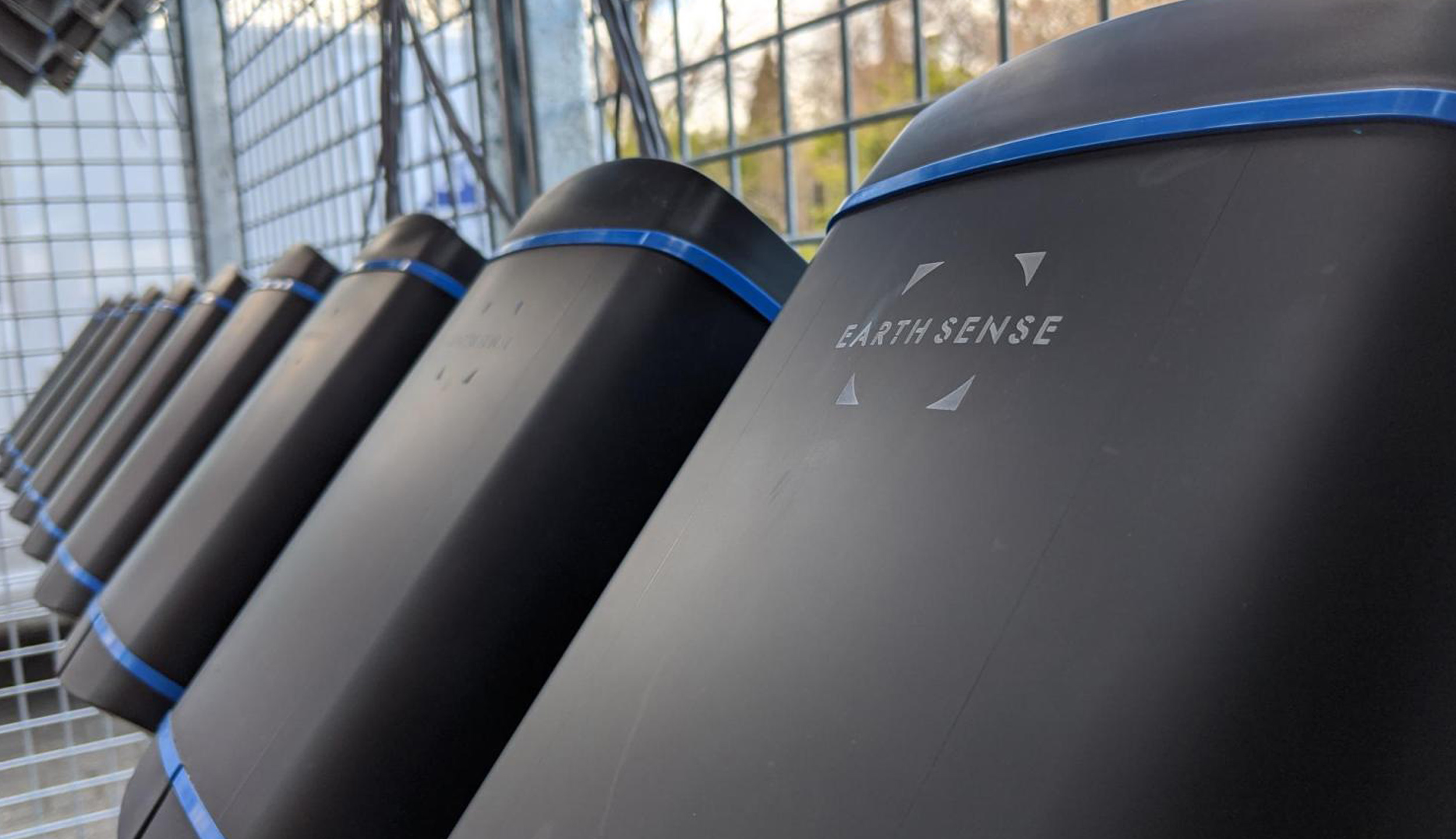
By implementing DFM practices, manufacturers can significantly influence up to 70% of a product’s manufacturing costs through design decisions. Implementing DFM principles results in significant cost savings by minimising the number of parts, standardising parts, and creating modular designs. Design for Manufacturing significantly reduces production costs and lowers lead times.
DFM provides manufacturers with savings and improved speed to market. It aims to enhance product quality through improved design choices that ensure performance, surface finish, tolerances, and reliability. Addressing design issues early through DFM prevents poor manufacturing decisions that affect end product quality.
Integrating DFM early in product development can speed up the overall timeline. This approach allows for proactive identification and resolution of potential challenges. DFM optimises the manufacturing setup, making scaling up production easier when demand increases, thus reducing time-to-market. Minimising potential manufacturability challenges through DFM promotes quicker and more economical production.
Common Challenges in DFM Manufacturing
Tight tolerances in the manufacturing process can lead to increased costs and longer lead times, making precision more difficult to achieve. Excessively tight tolerances may create challenges in the manufacturing process. This can result in increased costs because of complications that arise during production. Issues with RFQs can arise from unreasonably tight tolerances, increasing overall costs.
Complex manufacturing processes can result in long production times, costly delays, and high demand for skilled labor. A good DFM evaluation should expose avenues for improvement to enhance manufacturability. When manufacturing challenges are identified, the team should analyse costs and suggest design improvements.
Thorough testing is essential throughout the DFM process to ensure compliance with industry standards at all stages. Regular updates to the DFM checklist are necessary to address evolving manufacturing challenges effectively. DFM implementation leads to smoother manufacturing processes by establishing clear deliverables. While DFM analysis requires upfront costs, it saves time and money during production by identifying potential issues early.
Case Studies of Successful DFM Applications
Consider the case of a truck’s sheet metal fan cover redesign. Optimising material usage in the redesign led to a 25% reduction in material costs. This example illustrates how DFM principles can lead to significant cost savings by re-evaluating and improving existing designs.
Another compelling example comes from the production of plastic seats. Redesigning the seat’s thickness achieved nearly a 20% cost reduction by decreasing material and manufacturing expenses.
These real-world applications of DFM demonstrate its tangible benefits in achieving cost reductions and improving overall efficiency across various industries.
Steps to Implement DFM in Your Organisation
Implementing DFM in your organisation can be streamlined into three basic stages: planning, execution, and review. Involving all relevant stakeholders early helps to challenge and enhance the design. Real-world examples show that over 70% of a product’s cost is established during the design phase, highlighting the importance of early DFM integration.
Investing in DFM can lead to a streamlined product development process, ensuring all aspects of production are well-managed. DFM integration requires assessing the design from multiple perspectives, including component and system levels.
Let’s explore the detailed steps in the subsections below.
Early Integration in Design Phase
Integrating DFM principles early in the design process is crucial as it prevents costly redesigns and difficulties later. Early involvement of various stakeholders ensures a comprehensive approach to design challenges. This collaborative effort helps in early identification of potential manufacturing problems, significantly reducing errors and costs.
Incorporating DFM at the beginning of the design phase leads to more effective and cost-efficient modifications. Addressing potential issues early enables design and manufacturing teams to make informed decisions that enhance product manufacturability.
Cross-functional Collaboration
Effective collaboration with manufacturers during the design phase can enhance manufacturability. Collaboration between design and manufacturing teams is essential to uncover potential manufacturing hurdles early in the process. This cross-functional collaboration improves overall project outcomes and reduces costs through shared resources and knowledge.
Involving diverse teams in the design process increases the likelihood of identifying manufacturing issues early. Collaboration between design and manufacturing teams leads to robust, cost-effective products that meet customer expectations.
Continuous Improvement and Iteration
Ongoing design reviews are crucial for identifying issues and implementing design refinements to enhance manufacturability. Continuous iterations of designs facilitate refinement and enhancement of the product’s manufacturability. These ongoing improvements contribute to enhanced product quality and reduced manufacturing issues.
Focusing on continuous improvement allows companies to exceed customer expectations and maintain a competitive edge. This iterative approach ensures that products are consistently improved to meet evolving industry standards and customer demands.
Summary
Mastering DFM is a game-changer for manufacturing companies. By embracing the core principles of DFM—simplifying design, standardising components, and selecting the right materials—manufacturers can significantly reduce costs, enhance product quality, and streamline production processes. Implementing DFM early in the design phase and fostering cross-functional collaboration are critical steps toward achieving these benefits.
In summary, effective DFM practices not only lower production costs and improve quality but also expedite time-to-market and provide a competitive advantage. By continuously iterating and improving designs, manufacturers can ensure their products meet the highest standards of quality and reliability. Embrace DFM, and transform your manufacturing operations for a more efficient and cost-effective future.
View more of our Product Development Services
If you would like to hear more on how we can improve the quality of your products or help with your product development, please contact Bluefrog Design at [email protected]
FAQ’s
What is Design for Manufacturing (DFM)?
Design for Manufacturing (DFM) is a methodology that focuses on optimising product designs to improve the efficiency and effectiveness of the manufacturing process. Implementing DFM principles ensures that products are easier and more cost-effective to manufacture.
Why is simplifying design important in DFM?
Simplifying design is crucial in DFM as it reduces manufacturing costs and enhances production efficiency by minimising complexity, part count, and assembly steps. This approach ultimately leads to a more streamlined and effective manufacturing process.
How does standardising components benefit the manufacturing process?
Standardising components significantly enhances the manufacturing process by streamlining operations, minimising the necessity for custom parts, and ensuring consistent quality control. This leads to improved efficiency and reliability in production.
What role does material selection play in DFM?
Material selection plays a pivotal role in DFM by ensuring that the chosen materials align with design requirements and mechanical properties while remaining cost-effective, thereby directly impacting product functionality and manufacturing expenses.
What are the benefits of implementing DFM early in the design phase?
Implementing DFM early in the design phase significantly reduces costly redesigns and errors, while enhancing stakeholder involvement. This proactive approach ultimately results in more effective and cost-efficient modifications.
Ready to get started on a project?
Socials



